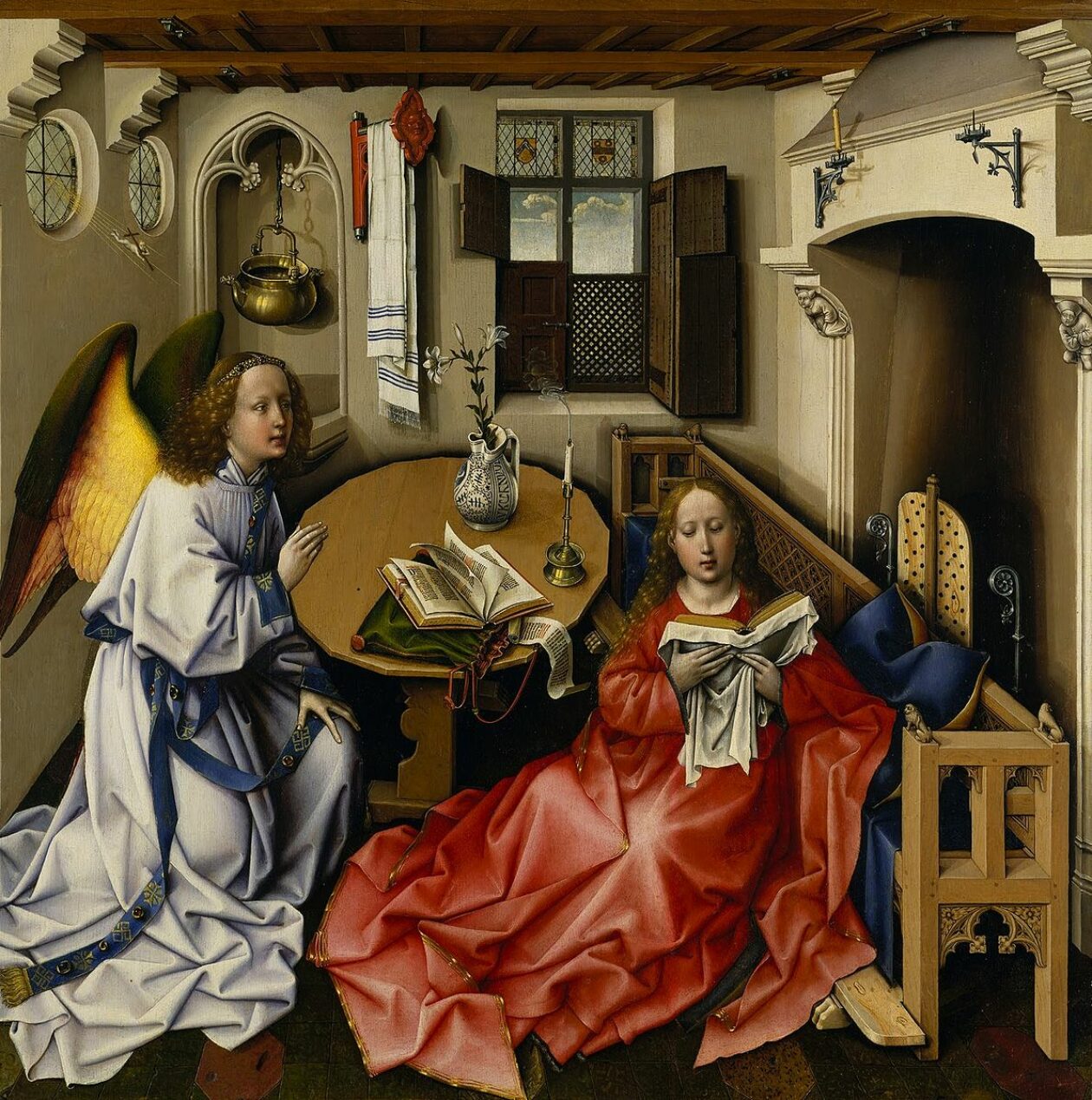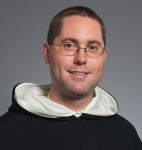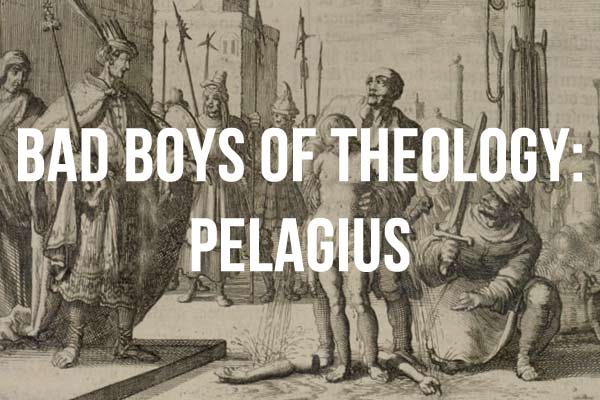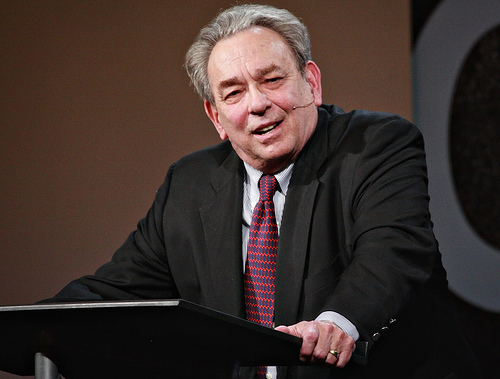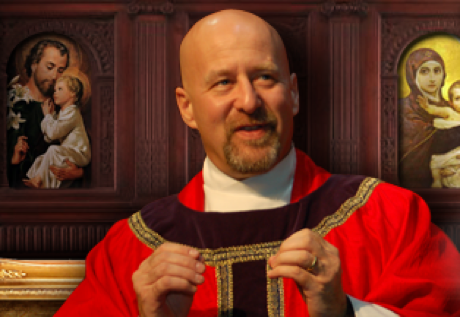
The Index Librorum Prohibitorum was a list of publications deemed heretical, anti-clerical or lascivious, and therefore banned by the Catholic Church.
The first official censorship had come in 1559 with the publication of the Index auctorum et librorum prohibitorum under the direction of Pope Paul IV. The Pauline index, as it became known, was the first in a long succession of papal indexes, forty-two in all. The purpose of these indexes was to guide censors in their decisions of what publications to authorize and which to disallow, for printers were not free to publish books without official permission.
Even today, Catholic publications of any kind, intending to speak on behalf of the Church and about Church teaching, and not just personal opinion, must bear in the front of the work the Nihil Obstat, literally, “nothing prevents”, is a certification by an official censor that a book is not objectionable on Catholic doctrinal or moral grounds. Also, the Imprimatur, “let it be printed”, is permission, granted by a bishop, that the work should be published.
It is MOST important to understand what these declarations are NOT. They do NOT endorse or validate or verify what is in the work, whatsoever. Rather, they are more of what is NOT in the work. They indicate no agreement with what is in the work, whatsoever. Amen. Feel me?
Faithful Catholics, while free to read anything today, will still inspect the work for these marks if engaging in official Church dialogue, or intending to rely on the work for catechesis or any other official Church business. Not discovering such, faithful Catholics will very likely refer to another work which does bear such marks of Church permission.
Fear not, gentle reader. This blog bears no such endorsements, therefore, if you are a faithful Catholic, you are under NO requirement to take my word for it, I checked. Since these rantings are purely mine, and I am NOT authorized to speak officially on behalf of the Church, Deo gratias, the Lord is kind and merciful, no?
Yet, I have tried to remain faithful, as my conscience and training as a catechist and student of the Church and His Gospel, dictates to me, which I ever try to bring into greater conformity and understanding of her, the Church’s, official teachings, through much prayer, reading, especially the Catechism, and conversations regarding such with faithful clerics and other informed Catholic laity. Deo gratias. I INTENTIONALLY include several very well formed and educated clerics on the distribution for this express purpose, and because I think they’re awesome, too. No complaints, yet? 🙂
School textbooks for Catholic schools must be vetted by the USCCB, known as the Conformity Review. Publishers, not being experts in Catholic doctrine or morals, are often requested or required to revise texts to more closely conform or reflect official teaching of the Church.
In January of 1562 the Council of Trent took up the issue of the Index and was deeply divided. The Pauline index had been seen by many as too controversial and excessively restrictive. After the opening speeches, the council appointed a commission to draft a new index. Although the council closed before the task of the commission was completed, the new Tridentine index was taken up by Pope Pius IV and published in 1564 by Paulus Manutius in Rome. This index constituted the most authoritative guide the church had yet published; its lists formed the basis of all subsequent indexes, while its rules were accepted as the guide for future censors and compilers.
The 20th and final edition appeared in 1948, and the Index was formally abolished on 14 June 1966 by Pope Paul VI.
The aim of the list was to protect the faith and morals of the faithful by preventing the reading of heretical and immoral books. Books thought to contain such errors included works by astronomers such as Johannes Kepler’s Epitome astronomiae Copernicanae, which was on the Index from 1621 to 1835, and by philosophers, like Immanuel Kant’s Critique of Pure Reason. The various editions of the Index also contained the rules of the Church relating to the reading, selling and pre-emptive censorship of books—editions and translations of the Bible that had not been approved by the Church could be banned.
Catholic canon law still recommends that works concerning sacred Scripture, theology, canon law, church history, and any writings which specially concern religion or morals, be submitted to the judgment of the local ordinary (the bishop). The local ordinary consults someone whom he considers competent to give a judgment and, if that person gives the nihil obstat (“nothing forbids”) the local ordinary grants the imprimatur (“let it be printed”). Members of religious institutes require the imprimi potest (it can be printed) of their major superior to publish books on matters of religion or morals.
Some of the scientific theories in works that were on early editions of the Index have long been routinely taught at Catholic universities worldwide; for example the general prohibition of books advocating heliocentrism was only removed from the Index in 1758, but already in 1742 two Franciscan mathematicians had published an edition of Isaac Newton’s Principia Mathematica (1687) with commentaries and a preface stating that the work assumed heliocentrism and could not be explained without it. The burning at the stake of Giordano Bruno, whose entire works were placed on the Index in 1603, was because of teaching the heresy of pantheism, not for heliocentrism or other scientific views. Antonio Rosmini-Serbati, one of whose works was on the Index, was beatified in 2007. The developments since the abolition of the Index signify “the loss of relevance of the Index in the 21st century.”
A complete list of the authors and writings present in the successive editions of the Index is given in J. Martínez de Bujanda, “Index Librorum Prohibitorum, 1600–1966”. A list of the books that were on the Index can be found on the World Wide Web.

-by David Mills
“It’s one of those “How could they?” facts of Catholic history that people assume shows how “medieval” the Church was — and is — and how secularism was such an improvement, especially if we get more of it. The Church abolished the Index of Prohibited Books 50 years ago this month, though she kept the idea that the bishops should guide their people’s reading and people shouldn’t read everything they wanted.
The Index is also one of those facts of Catholic history of which we’re expected to be ashamed. We’re supposed to cringe in embarrassment. The oppressive Church banned books and every good person knows that was bad bad bad, because no one has any right to tell anyone else what to read.
Let me put it this way: The Index is nothing to be ashamed of. We have no reason to be embarrassed.
No reason to be embarrassed
In this case, as in so many others, the Church was only doing what everyone does for good reasons, but the Church gets blamed for it. Nearly everyone else gets a pass. Sometimes the authorities try to protect people from themselves and protect everyone else from people doing dangerous things. I wrote about this last week in the English weekly The Catholic Herald.
The government puts a lot of effort into discouraging smoking. It bans heroin and cocaine. Very few people declare the government oppressive because it makes hard drugs illegal and chases down and punishes those who sell them. The idea of an index only sounds funny to us because we don’t think of ideas as dangerous. We recognize physical dangers but not intellectual ones.
And as I wrote, we have informal American indexes. Try to get your local library to put on its shelves The Protocols of the Elders of Zion, a once infamous (and wicked) attack on the Jews. Any would-be academic who invoked Charles Murray’s book The Bell Curve, which claimed to find intellectual differences between races, will ruin his chances of getting a job in almost any university in America.
Even the Brooklyn Library, a bastion of liberal enlightenment, keeps Tintin in the Congo, an overtly racist work, in a back room behind a locked door. Schools and libraries purge books newly decided to be sexist, homophobic, etc. Publishers produce sanitized versions of books like Huckleberry Finn and many of the great and good approve.
I don’t blame them for this. They would, of course, sneer at the Church for creating the Index, and I do blame them for that. They shift the criterion. When they effectively ban a book, they’re rejecting dangerous error (or what they believe to be error), but when (50 years ago) the Church banned books she was oppressing the human mind and spirit. I do blame them for that.
But in trying to guide the people in their care, the Church’s critics were only doing what the Church was trying to do in creating the Index. Some people see things the rest of us don’t see. They see dangers we don’t see.
A rough and ready tool
An Index may have been a rough tool and one sometimes badly applied, but that’s only to say it’s a human instrument. Education and persuasion would ideally be better ways of dealing with bad ideas, but they don’t always work. People don’t hear the message, or they hear it and don’t listen, or they listen and don’t understand, or they understand and do it anyway. Some people use heroin and cocaine even when they know what the drugs will do to them.
If you think intellectual errors may be even more dangerous than heroin, you might try to ban them. I’m not saying the Index was the right response to the danger, but in the context it was a reasonable one, and one of which we shouldn’t be ashamed.
There’s a lesson here about the way the world thinks of the Church. A lot of the things the Church gets blamed for are things human institutions naturally do, and they don’t get blamed. The Church probably won’t do it perfectly, because she’s run by fallen and limited human beings, but that’s true of everyone else, too.
While criticizing sentimental businessmen, G.K. Chesterton noted that “Ideas are dangerous, but the man to whom they are least dangerous is the man of ideas. He is acquainted with ideas, and moves among them like a lion-tamer.” Some people tame lions and the rest of us don’t. Stuck in a lion’s cage, I would appreciate a lion-tamer’s guidance, even if he says “don’t” to something I want to do, like pet the nice kitty.”
FBI in Your Library
Love & truth. If it weren’t for ALL the Peace & Unity & Wisdom/Enlightenment our post-modern freedoms have brought us, I might doubt the wisdom of the Index? 😉 Just sayin’?
Matthew
